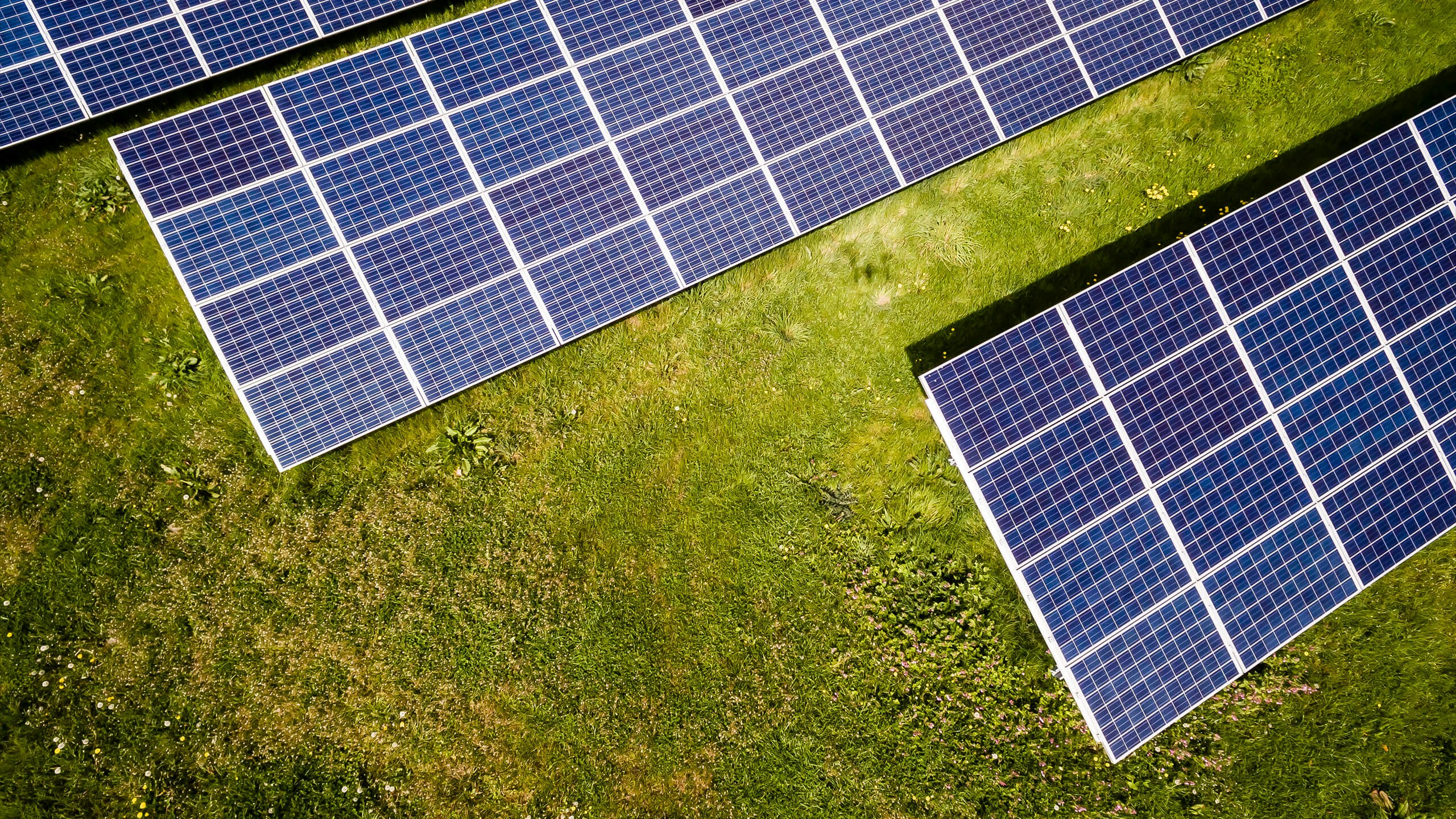
3 Questions: How AI could optimize the power grid - MIT News
Artificial intelligence (AI) has recently been spotlighted for its growing energy demands, particularly concerning data centers supporting advanced generative AI models. However, AI also presents significant opportunities to enhance energy efficiency and promote cleaner energy grids.
One of the most effective applications of AI is in power grid optimization. By leveraging historical and real-time data, AI enhances the accuracy of predictions regarding renewable energy availability, enabling better integration of solar and wind resources. Such optimization can lead to a more resilient power grid, effectively balancing supply and demand while reducing costs associated with power generation.
AI's capabilities extend to solving complex optimization challenges for grid operators, determining which generators should operate, and managing energy storage solutions, like batteries. These optimization processes can be computationally intensive; however, AI can streamline this by providing faster and more accurate approximations. This real-time application empowers grid operators to proactively manage fluctuations and maintain balance.
Moreover, AI aids in the planning of future power grids by efficiently running large simulation models. It can also enhance predictive maintenance, pinpointing potential outages before they occur, further minimizing inefficiencies. Additionally, AI can accelerate research into better batteries, facilitating increased integration of renewable energy sources.
In the energy sector, focused AI applications offer substantial sustainability benefits, supporting decarbonization efforts while enabling the incorporation of renewable energy. As the momentum of AI technology grows, it’s essential to align AI development and deployment with tangible benefits for the energy sector, ensuring that advancements contribute positively to sustainability objectives.


